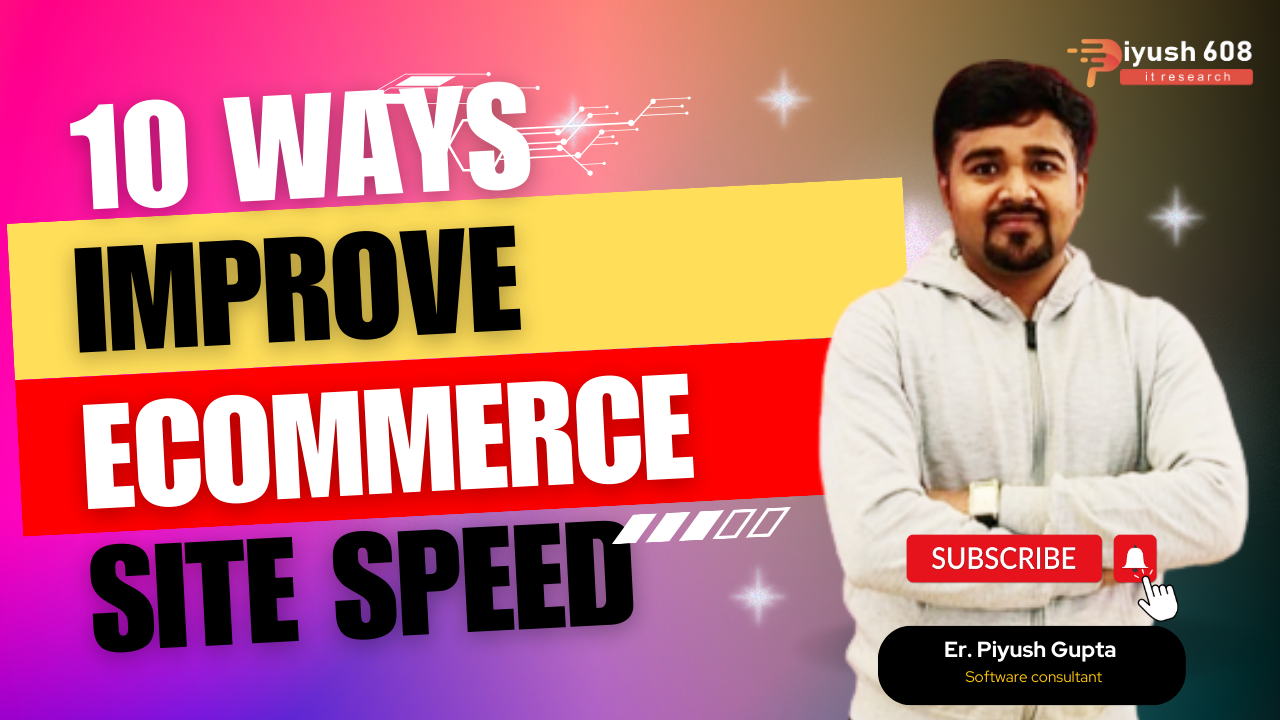
Improving the speed of your ecommerce site is crucial for providing a positive user experience and optimizing for search engine rankings. Here are ten ways to enhance the speed of your ecommerce website:
- Optimize Images:
- Compress images without sacrificing quality.
- Use modern image formats (WebP) that offer better compression.
- Implement lazy loading for images to load only when they come into the user’s viewport.
- Minimize HTTP Requests:
- Reduce the number of elements on a page, such as images, scripts, and stylesheets.
- Combine multiple CSS and JavaScript files into one to minimize HTTP requests.
- Utilize Browser Caching:
- Set up proper caching headers to allow browsers to store static resources.
- Leverage browser caching to reduce the need for users to download the same resources repeatedly.
- Enable Compression:
- Enable gzip or Brotli compression to reduce the size of your HTML, CSS, and JavaScript files.
- Compressed files load faster, improving overall site speed.
- Optimize Code:
- Minify HTML, CSS, and JavaScript to remove unnecessary characters and reduce file sizes.
- Remove unused or unnecessary code and comments from your files.
- Prioritize Above-the-Fold Content:
- Load critical content first to ensure a faster perceived page load time.
- Prioritize above-the-fold content to display essential information quickly.
- Optimize Server Response Time:
- Use a reliable hosting provider and consider upgrading your hosting plan if server response times are slow.
- Optimize database queries and server-side code to reduce processing time.
- Implement Content Delivery Network (CDN):
- Use a CDN to distribute your site’s static content across multiple servers worldwide, reducing latency for users.
- CDN helps deliver content from servers closer to the user’s location.
- Reduce Redirects:
- Minimize the use of unnecessary redirects, as each redirect adds extra time to the page load.
- Update internal links to point directly to the final destination.
- Monitor and Optimize:
- Regularly monitor your website’s performance using tools like Google PageSpeed Insights, GTmetrix, or Pingdom.
- Identify bottlenecks and continuously optimize your site based on performance metrics.
Remember that the impact of these optimizations can vary depending on your specific platform and hosting environment. Regularly testing and tweaking your site based on performance metrics will help ensure a consistently fast and reliable ecommerce experience for your users.


 +91 7905834592
+91 7905834592
 Enquiry Now
Enquiry Now
 piyushmnm@gmail.com
piyushmnm@gmail.com
 piyush.gupta384
piyush.gupta384
Reviews
There are no reviews yet. Be the first one to write one.